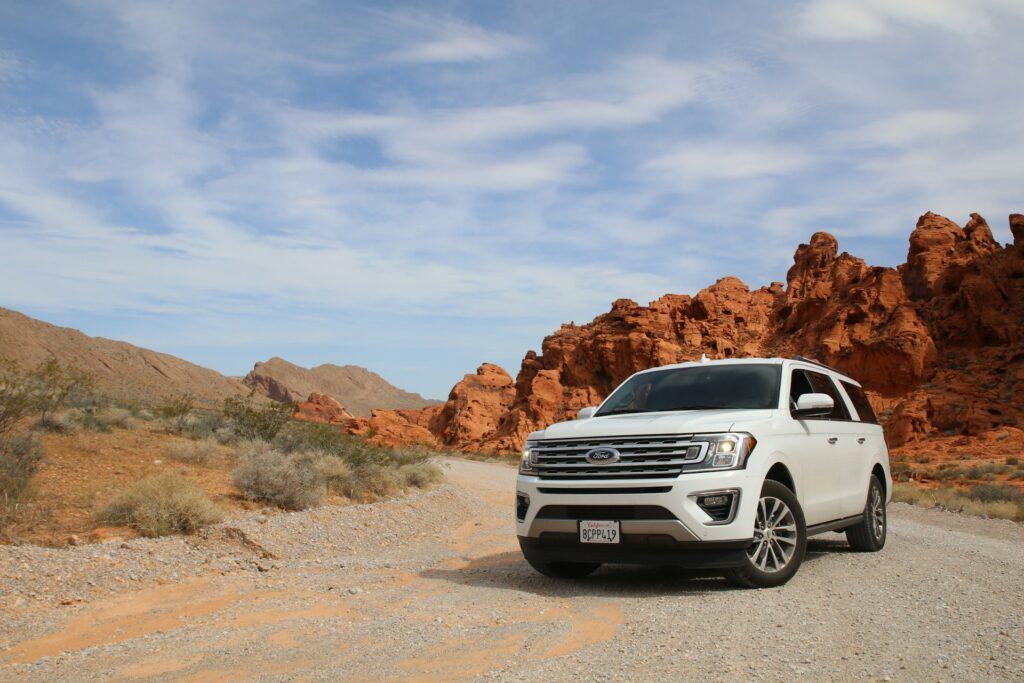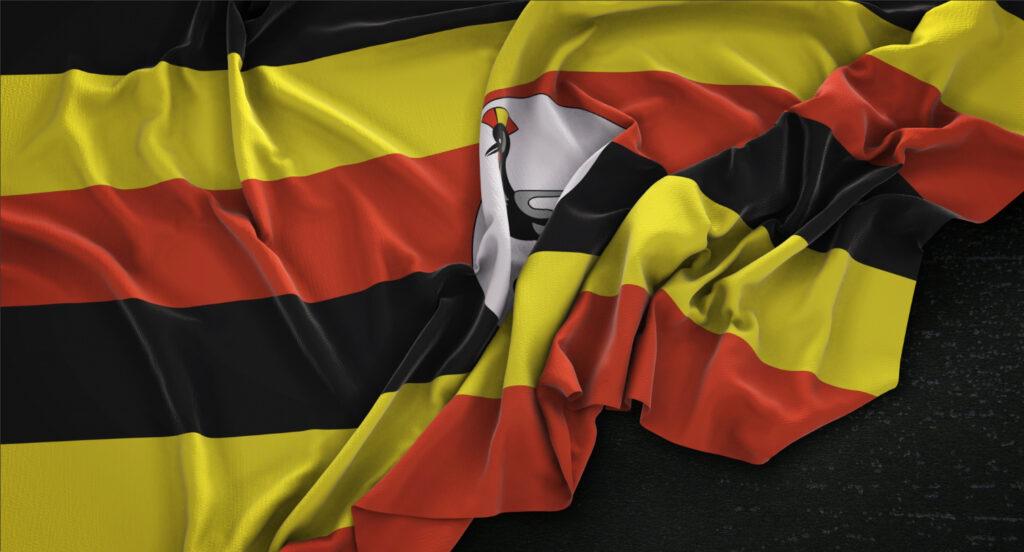The anatomy of a car is the same as important to grassroots drivers, young and old alike. It helps prepare you to work on your own devices, diagnose problems faster when things go south, and even get a better driving experience out of the thing! In this complete guide, we are going to dismantle the major portions of a car as well as their functionalities.
1. The Engine
Engine Block
The base of the engine is an Engine block. It is home to the chambers where combustion takes place. It is built of cast iron or aluminum; it holds the pistons, the crankshaft, and other important pieces.
Pistons
Combustion causes the Pistons to move up and down in their bore. When fueling, they harness the energy needed for mechanical motion. Engine Performance Relies on Piston Function
Crankshaft
The pistons’ reciprocating motion is converted into a rotating force by the crankshaft.
. It bolts to the transmission and applies power to the wheels. The balance of the engine’s crankshaft is crucial for operation.
Camshaft
Its job is to open and close the intake/exhaust valves of your engine, this thing we call a camshaft. It moves in concert with the crankshaft to maintain your engine’s operating condition
2. The Transmission
Manual Transmission
A manual transmission involves a driver shifting gears with the clutch and gear stick. Using manual transmission can give a driver more control, and be useful to save fuel.
Automatic Transmission
Automatic transmission: automatically selects the relevant gear dependent on speed and load. When driving, this makes things easier since there is no need for a clutch and changing gears manually.
Automatic/Continuously Variable Transmission (CVT)
Compared to a conventional automatic transmission, CVTs deliver an infinite number of gear ratios between their minimum and maximum limits. That allows for a less jerky acceleration as well as offering improved fuel economy.
3. The Suspension System
Shock Absorbers
The purpose of shock absorber The function of a shock absorber is that it dampens the impact your automobile tends to have when you run over road bumps. These manage the movement of the suspension and help in stabilizing a vehicle.
Struts
Shocks (as discussed in the previous blog) are part of your suspension, now Struts combine both parts—shock absorber and spring into a single component. They bear the vehicle’s weight and affect steering and handling properties.
Springs
The springs can be of type coil or leaf and serve to absorb the impact between ground, and tires and to support the weight that is in them. These work in conjunction with shocks to give you an even ride.
4. The Brake System
Disc Brakes
The brake disc slows brake rotors by friction with a rotor and caliper. They offer strong stopping power and are increasingly used in more recent cars.
Drum Brakes
Drum brakes Drum brakes use an iron drum to hold a brake shoe. These are popular in older cars and rear wheels but rare today.
Anti-lock brakes
ABS pulses the brakes to prevent lock-up and retain steering control during severe braking. Safety is improved by reducing brake pressure on loose surfaces.
5. The Fuel System
Fuel Tank
This new technology sees the fuel tank holding gasoline or diesel. That has a fuel pump delivering gas to the engine. Maintenance should avoid leaks and proper fuel delivery.
Fuel Pump
Comes from the tank and goes to the engine. It’s an electric unit that keeps fuel pressure constant for good combustion.
Injector for fuel
Fuel injectors spray fuel into engine combustion cells. They ensure the engine gets gasoline when it needs it to run efficiently and use less fuel.
6. The Exhaust System
Exhaust Manifold
The exhaust manifold gathers up all the throughput from cylinders and directs it into one part of an exhaust system. It reduces the noise and harm caused by engine reality.
Catalytic Converter
Converting exhaust gas into less harmful substances is the job of a catalytic converter_Image: OEM Catalysts It is essential to help fulfill environmental regulations.
Muffler
A muffler quiets the engine by breaking up sound waves — much, in the same way, a sand-filled trailer eliminates lid-flapping. Up to muffler Regulation of traffic Jam heat helper Manage exhaust flow and pressure.
7. The Electrical System
Battery
The battery is made of the plate containing electrical energy, that is used to power all the vehicle’s electric systems starting from the ignition circuit, lights, and radio. Also, you can always have it checked out so that the battery is also able to hold a charge and remain functional.
Alternator
The alternator produces power that is used by your engine as it runs. The charging of the battery and utilization to run electrical elements while working with the engine.
Starter Motor
It starts the process of engine combustion by rotating its crankshaft using a starter motor. The difference is that this enters an activated state upon turning the ignition key or pressing a start button.
8. The Cooling System
Radiator
A coolant heats the radiator. You see what I mean…? This allows heat to escape into the air while keeping the engine at this ideal temperature.
Water Pump
A water pump pumps coolant between cylinders and other engine elements. Even coolant flow ensures excellent cooling performance.
Thermostat
The engine’s thermostat governs the temperature of the block by controlling coolant flow. It goes up and down to prevent the engine from attaining an extreme temperature.
9. The Steering System
Steering Wheel
The user can turn the steering wheel to move the car in different directions. This is linked directly to the steering column, which passes driver input onto a vehicle’s wheels.
Rack and Pinion
This kind of rack and pinion turns the rotary movement of with steering wheel right into a sideward motion for your vehicle wheels. Delivering this power is a linear throttle and precise steering system.
Power Steering
Uses hydraulic or electric assistance to steer with relative ease. This in turn makes it easier to maneuver the vehicle, especially at low speeds.
10. The Body and Interior
Chassis
This frame is a type of vehicle chassis that supports the engine, transmission, and other components. It enhances the ride experience by providing structural integrity and affects how a bike handles, as well as safety.
Body Panels
Body panels are the doors, fenders, and hood. They protect as well as beautify. Keeping this coating well maintained, will prevent any rust/corrosion from building and even damaging the metal.
Interior Features
Interior features include a dashboard, seats, and controls. These components offer support when driving the vehicle and comfort.
FAQs:
Q: So, what purpose does the catalytic converter serve?
A: Catalytic converter → As the name reads, it helps in reducing emissions by converting exhaust gases from their normal state to less harmful substances.
Q: What is a Car Alternator?
A generator called an alternator makes electricity when the engine is going. This electricity powers your car’s electrical systems and charges the battery.



